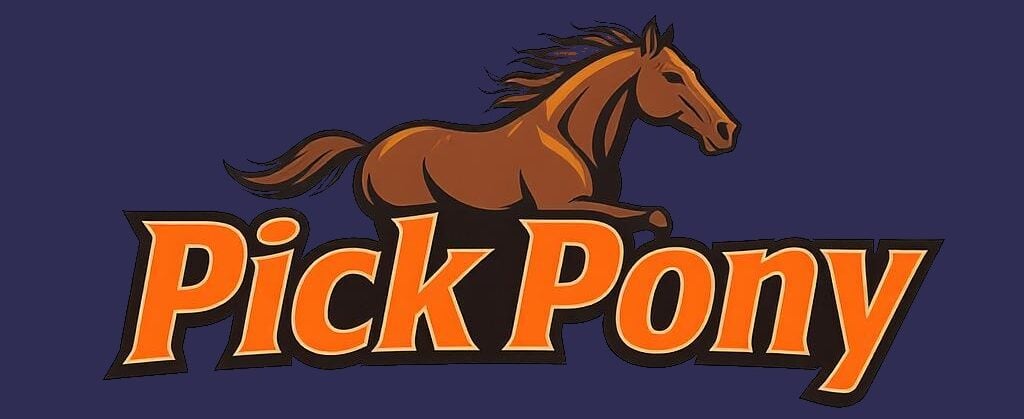In thoroughbred horse racing, a “claiming race” is a type of race where all entered horses are for sale at a predetermined price and can be purchased (“claimed”) by any licensed owner before the race begins.
How claiming races work:
Any licensed owner or their agent can submit a claim slip with the horse’s claiming price deposited in their account before the race. Claims must typically be submitted at least 15 minutes before post time. If multiple people claim the same horse, a random drawing (called a “shake”) determines the new owner. The new owner takes possession immediately after the race, but the original owner keeps any purse money earned from that race’s performance.
Claiming races represent the bottom tier of thoroughbred racing quality, below even maiden races. They comprise the majority of races in the United States – for example, 54% of all Kentucky races in 1999 were claiming races.
Strategic purpose and classification
Claiming races serve as both a quality classification system and a risk-reward mechanism. They create competitive balance by preventing trainers from entering superior horses at levels far below their ability – if they do, they risk losing the horse for less than its true value. This system ensures more evenly matched fields and unpredictable outcomes, which increases betting handle.
Types and price levels
Claiming prices vary widely, from less than $5,000 at smaller tracks to $150,000 at major venues. Various claiming race formats exist, including:
Standard claiming races – all horses available at the same price
Waiver claiming races – some horses ineligible to be claimed due to specific rules
Optional claiming races – some horses entered for a claiming tag while others are not
Starter allowance races – horses cannot be claimed but must have previously run in claiming races at specified levels
